Seizure Emergency Checker
This tool helps determine if a seizure requires emergency medical attention based on the guidelines in the article.
Seeing someone have a Seizure is one of the most unsettling moments you can experience. Knowing exactly what to do in those first seconds can keep the person safe and help you decide if professional help is needed.
What a Seizure Looks Like
A seizure is a sudden burst of electrical activity in the brain that disrupts normal function. Not all seizures are the same, but the most common type for first‑time sufferers is a generalized tonic‑clonic episode, often called a convulsion. Typical signs include:
- Loss of consciousness or staring blankly
- Muscle stiffening followed by rhythmic jerking
- Foaming at the mouth or a salty taste
- Sudden loss of bladder or bowel control
- Post‑episode confusion (the Postictal state) that can last minutes to hours
Because the brain can recover quickly, many people return to normal within a few minutes. However, the surrounding circumstances dictate how you respond.
Immediate First‑Aid Steps
When you witness a Seizure, stay calm and follow this check‑list:
- Protect the person from injury. Clear the area of sharp or hard objects, gently guide them away from furniture, and place a folded jacket or cushion under their head.
- Time the episode. Use your phone or a watch. Most seizures stop on their own within 2-3 minutes. If it lasts longer, you may be facing status epilepticus, a medical emergency.
- Do not restrain. Let the movements happen; holding the person down can cause bruises or break bones.
- Do not put anything in the mouth. Contrary to myth, a person cannot swallow their tongue. Inserting objects can damage teeth or airway.
- Turn the person onto their side. This “recovery position” keeps the airway clear and helps fluids drain.
- Stay with them. Speak softly once they regain awareness. Reassure them and note how long the seizure lasted.
When to Call Emergency Services
Most first‑time seizures are self‑limiting, but certain red flags require immediate help from Emergency medical services (EMS). Call 911 if you notice any of these:
- The seizure lasts longer than 5 minutes.
- There is a second seizure without the person regaining consciousness in between.
- The person is pregnant, has diabetes, or has a known heart condition.
- They have difficulty breathing, turn blue, or sustain a serious injury.
- You suspect a low blood sugar event (hypoglycemia) and they do not respond to glucose.
- It’s a child under 2 years old or an elderly person over 65.
When EMS arrives, give them the timing, what you observed, and any known medical history (e.g., epilepsy, recent head injury).
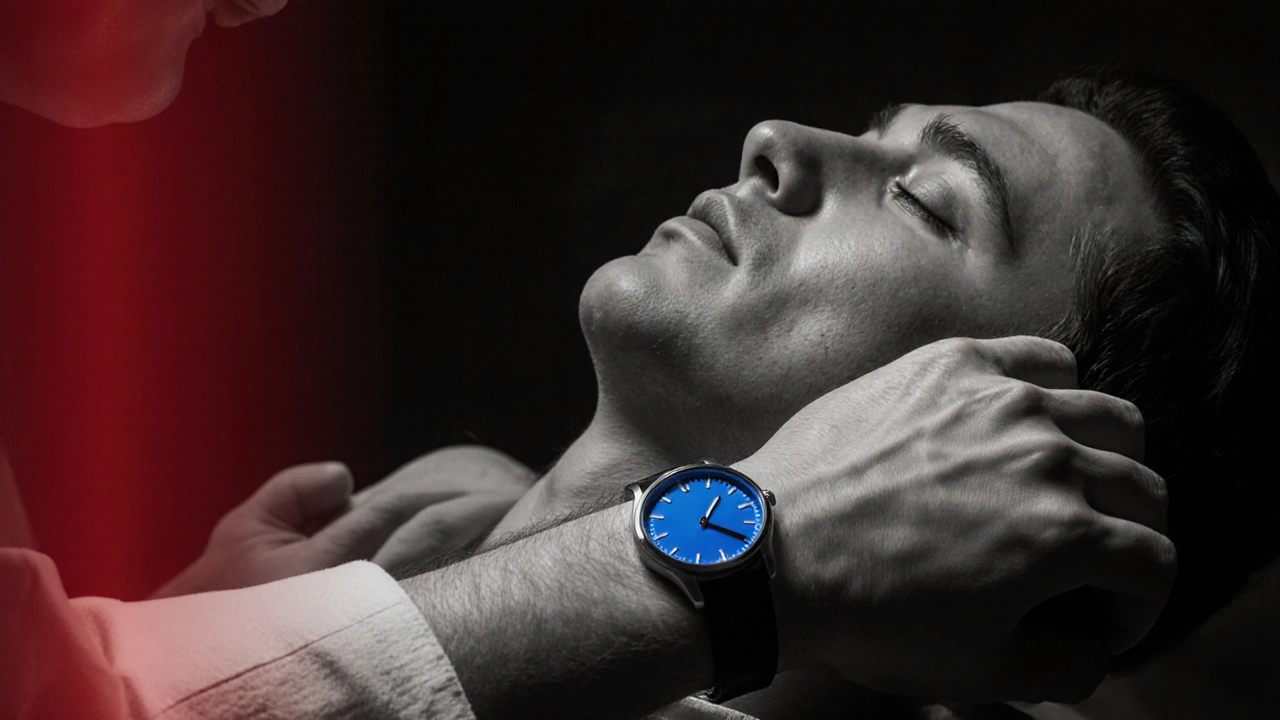
When to Schedule a Doctor’s Visit
Even if the seizure stops quickly and no emergency signs appear, a follow‑up with a healthcare professional is crucial. Schedule an appointment with a Neurologist or your primary care doctor within 24‑48 hours. You should seek medical advice if:
- This is the first seizure you’ve ever witnessed for this person.
- There is a history of head trauma, fever, or infection preceding the episode.
- The person experiences confusion, weakness, or visual changes after the event.
- You notice a pattern of aura (a warning sensation) before episodes.
- They have a known diagnosis of Epilepsy and the seizure differs from their usual pattern.
The doctor may order tests such as an electroencephalogram (EEG) or magnetic resonance imaging (MRI) to pinpoint the cause.
Common Triggers to Watch For
Understanding why a seizure happened can prevent future episodes. Common triggers include:
| Trigger | Why It Matters |
|---|---|
| Sleep deprivation | Lowers seizure threshold by altering brain excitability. |
| Alcohol binge or withdrawal | Fluctuations in GABA activity can provoke seizures. |
| Flashing lights or patterns | Can trigger photosensitive seizures in susceptible individuals. |
| Stress or anxiety | Hormonal changes may increase neuronal firing. |
| Medication non‑adherence | Skipping anti‑seizure meds removes protective effect. |
Keeping a seizure diary helps clinicians spot patterns and advise lifestyle adjustments.
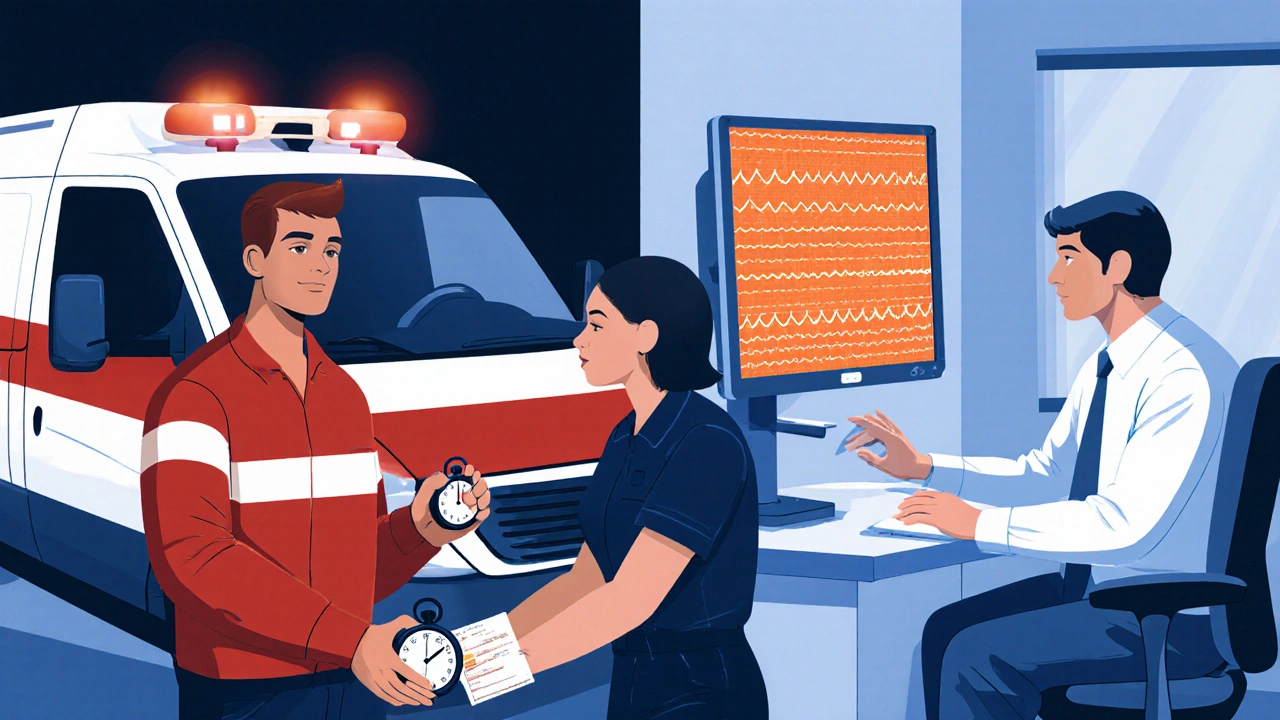
Special Situations
Some contexts need extra caution:
- Driving. Most states require a medical clearance after a first seizure before a person can legally drive again.
- Workplace. Employers should be informed if the individual has a condition that might affect safety; reasonable accommodations may be required.
- Travel. Carry a letter from a physician outlining the condition and emergency contacts, especially for international trips.
Key Takeaways
- Stay calm, protect the person, and time the seizure.
- Call 911 if the event lasts >5 minutes, if there’s a second seizure, or if breathing is compromised.
- Even a brief first‑time seizure warrants a doctor’s visit within 48 hours.
- Identify triggers and keep a seizure log to guide future care.
- Consult a neurologist for diagnostic testing and tailored treatment.
Frequently Asked Questions
Can a person die from a single seizure?
Death from a first seizure is rare. The biggest risk is injury during the convulsion or prolonged seizure (status epilepticus), which is why quick medical evaluation is essential.
Do I need to give the person water after the seizure?
Only offer fluids once the person is fully awake, able to swallow, and not confused. Giving water too early can cause choking.
Should I move the person if they’re on the floor?
Leave them where they are unless they’re in immediate danger. Gently turn them onto their side to keep the airway clear, but avoid lifting or rolling them unnecessarily.
Can low blood sugar cause a seizure?
Severe hypoglycemia can mimic seizure activity. If the person is diabetic, give a fast‑acting carbohydrate (juice, glucose tablets) if they’re conscious, then seek medical help.
When is a seizure considered “status epilepticus”?
If a convulsive seizure lasts 5 minutes or more, or multiple seizures occur without the person regaining consciousness, it’s classified as status epilepticus-a neurologic emergency that requires immediate EMS intervention.

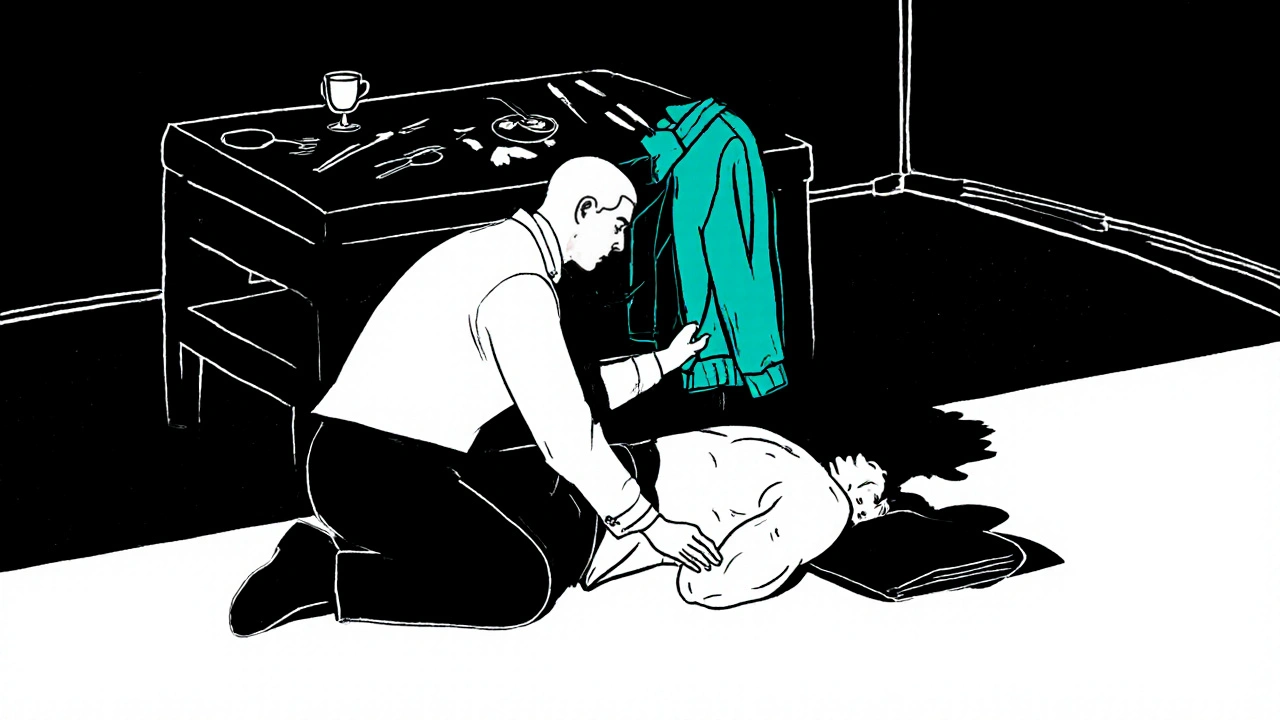
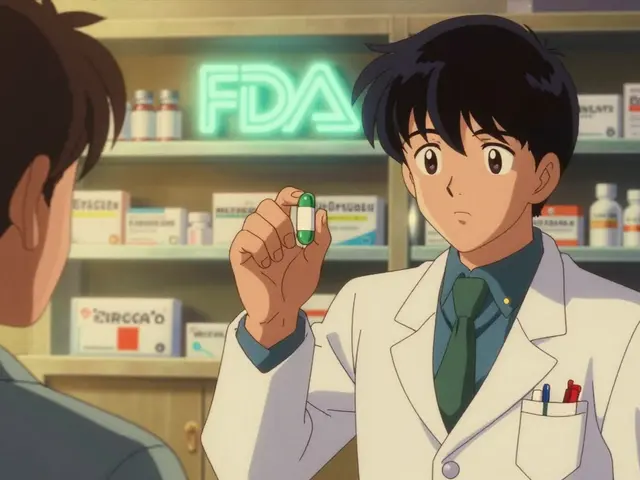
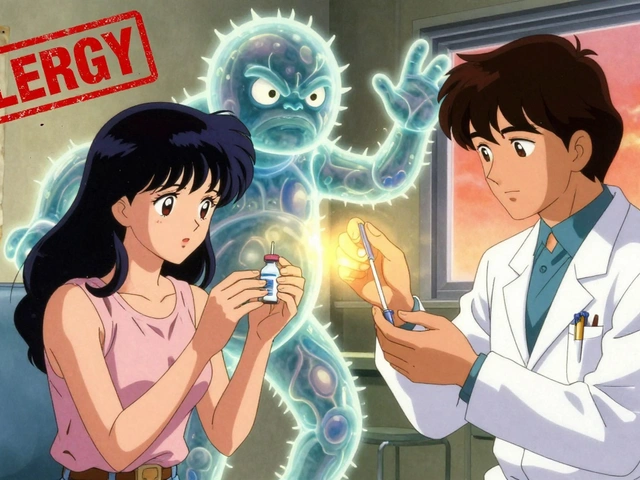
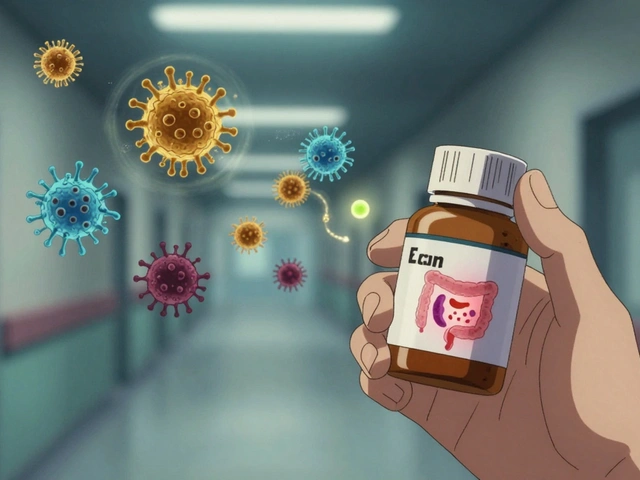


Kevin Adams
October 16, 2025 AT 19:34Picture the moment a seizure strikes – the world slows, the heart drums like a war drum, the mind seeks meaning in chaos. It feels like the universe is testing your resolve, demanding you become both guardian and witness. You grab the nearest jacket, you cradle the head, you become the barrier between danger and dignity. The seconds stretch, each breath a promise that you will not falter. You time the convulsion, your phone a silent judge counting the inevitable five minutes. If the storm persists, you know the alarm must sound, the sirens must scream. The myth of swallowing the tongue is a phantom, a story told to keep us from acting, yet you stand firm, refusing to feed the legend. Turning the person onto their side becomes a ritual, a simple act of compassion that could save a life. You stay, you speak soft words, you become the anchor in the post‑ictal fog. When the chaos ends, you note every detail, you become the chronicler of that fleeting battle. You understand that a single seizure is a whisper, but it may herald a storm, and you must be ready. The decision to call EMS is a line drawn in the sand – cross it if the seizure breaches five minutes, if a second wave rises, if breath falters. You become the gatekeeper of emergency, the bridge between panic and protocol. In those moments you realize that knowledge is not just power, it is survival. So you keep calm, protect the person, and let the seconds guide you.
Patricia Echegaray
November 4, 2025 AT 07:00Don't be fooled by the glossy medical pamphlet – they're feeding us a sanitized script so the government can track every emergency call. Every seizure scene is a perfect opportunity for Big Pharma to slip in their newest drug, and you, the unwitting citizen, become a test subject. The real danger isn’t the convulsion, it’s the hidden micro‑chips they say are embedded in the brace you might be tempted to wear. Stay vigilant, protect your loved ones, and remember that the true power lies in refusing the narrative they push. Freedom means questioning every “standard procedure” they throw at us.
CHIRAG AGARWAL
November 22, 2025 AT 19:27Honestly, most of this guide reads like a copy‑paste from some textbook that never saw a real crisis. I could just skim the bullet points and still know the basics, but why waste time when you can just call 911 the first time? Also, if you’re into flashy lights, maybe avoid clubs – they love to trigger seizures for profit. Anyway, good luck handling the chaos, hope you manage to stay afloat.
genevieve gaudet
December 11, 2025 AT 07:54i think the real lesson here is how fragile our minds are, like glass that can shatter and heal at the same tine. when someone seizes the world around them pauses, and we all get a glimpse of how much we rely on the invisible electric dance in our brains. it makes u wonder if we should treat each other with more gentle touch, not just in emergencies but in daily buzz. thoses moments push us to ask what it truly means to be alive and aware. so keep calm, stay aware, and respect the mystery inside each head.